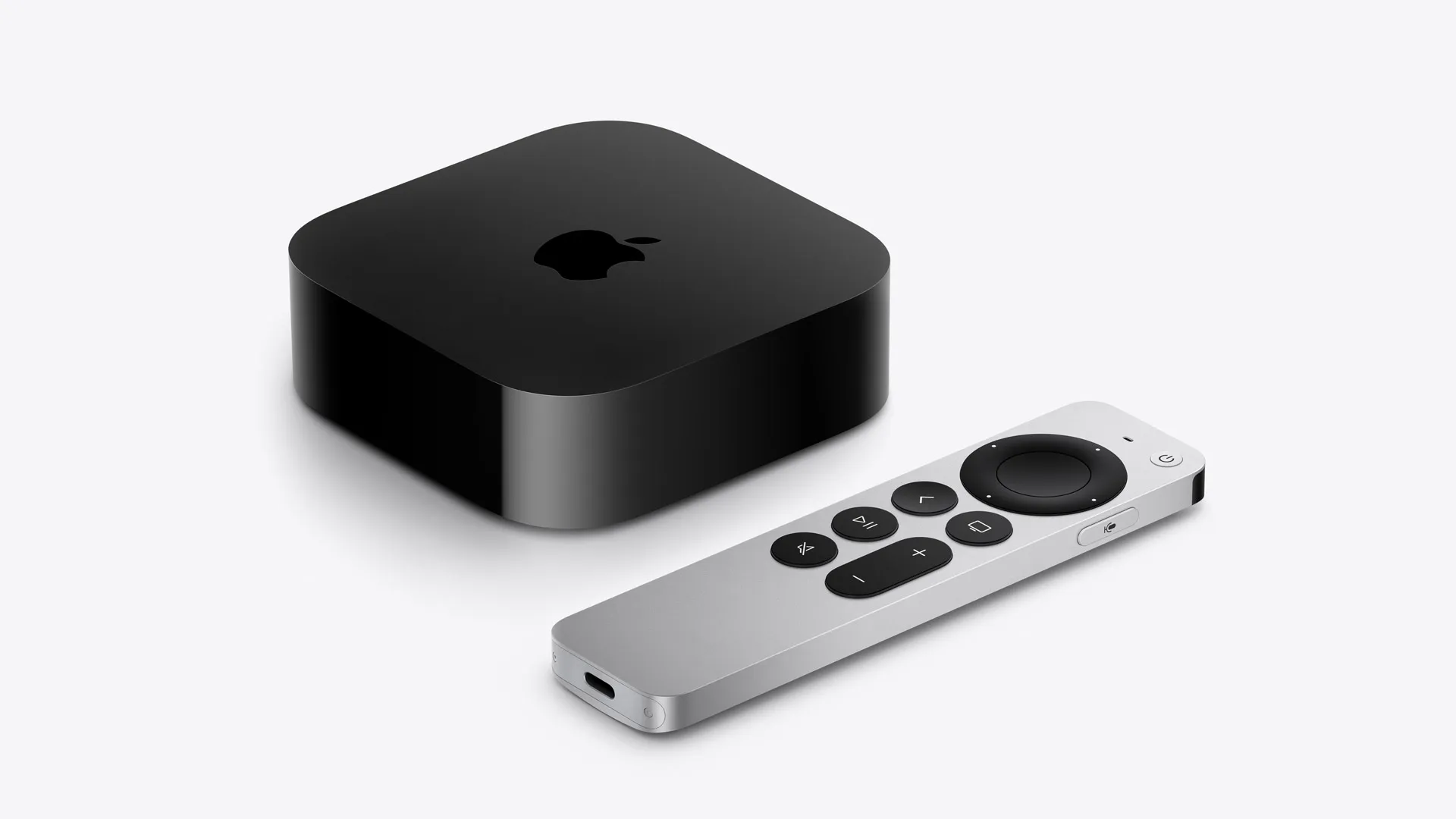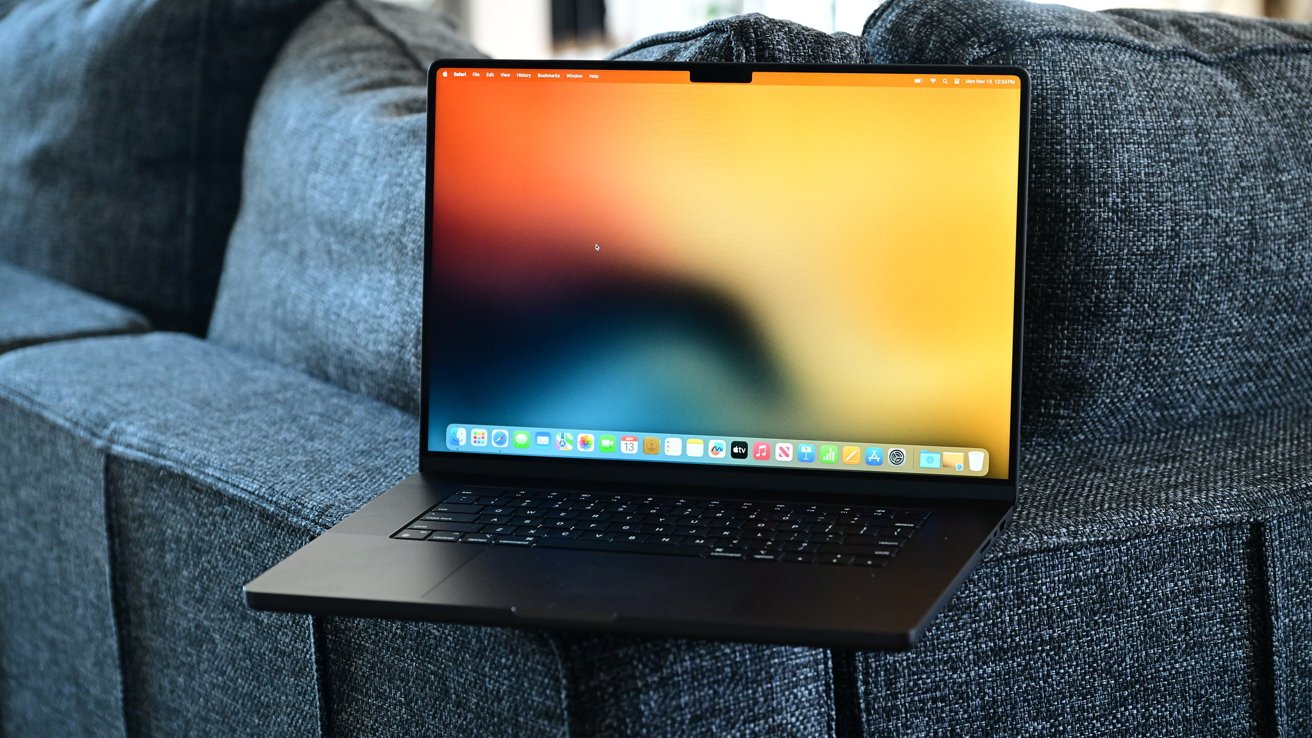With cybersecurity threats growing steadily, many computer users choose to buy Macs rather than PCs that run Windows for additional safety, and for good reason. Macs benefit from a more firmly regulated system by Apple. The macOS is also based on Unix, which is less vulnerable than Windows to hacks. Moreover, many modern Macs carry a security chip that blocks tampering and offers encrypted storage and secure boot capabilities.

Credit: Karolina Grabowska via Pexels
Another reason Macs seem more secure is that they're less widely adopted than PCs that use Windows. However, this is changing. As Macs grow in popularity, malware threats against Macs are rising. In fact, one report even found Mac malware incidents per endpoint higher than Windows machines recently. Some of the biggest threats against Macs are as follows:
Cryptomining Malware
Researchers have found strains of cryptomining malware running on Macs. Also called cryptojacking malware, cryptomining software uses your machine's resources without your consent to mine for cryptocurrency. This malware can slow down your Mac, Internet connection, and may raise your machine's temperature.
Ransomware
While most ransomware attacks reported in the media target Windows machines, Macs can also get ransomware. Multiple researchers have found ransomware strains specifically targeting Macs. This malware will hijack your files and your computer for money. Unfortunately, payment is never a guarantee that you'll get your data back. To stay prepared, please learn how to remove ransomware from your computer to recover quickly after an attack.
Adware
Adware is an unwanted program that throws up pop-up ads on your screen advertising random products. While adware is more irritating than dangerous, some adware can track your online behavior on the Internet for marketers.
Scareware
Scareware uses social engineering to trick you into sharing your confidential information or your credit card data. Some Mac scareware run tech support scams. Such scams convince victims that they have a virus and force them to download a Trojan that looks like an antivirus tool. Scareware may also share the contact details of a "technician" who will offer to fix the computer remotely for a fee.
Phishing
Technically, phishing isn't malware. Phishing emails are fake emails that trick Mac users into providing their information or credit card data with links to malicious websites. Some phishing emails also carry malware in attachments.
Trojan horses
Trojan horses rely on trickery like phishing emails. Named after the Greek mythology story where a wooden horse carried hidden soldiers, a Trojan horse looks like a legitimate program but is actually malware. While some Trojans can steal your passwords and banking data, others can drop viruses, spyware, and ransomware.
Malware is so sneaky nowadays that it's hard to tell if your Mac has an infection. So, watch out for unexplained performance issues, overheating, pop-ups, and security alerts. To keep your Mac safe, please also look out for critical security downloads. For example, iPhone users can download a patch to protect their devices from the Pegasus spyware. Finally, don't go to untrustworthy websites and refrain from opening phishing emails. Although your Mac is pretty secure, it needs you to play your part.
















